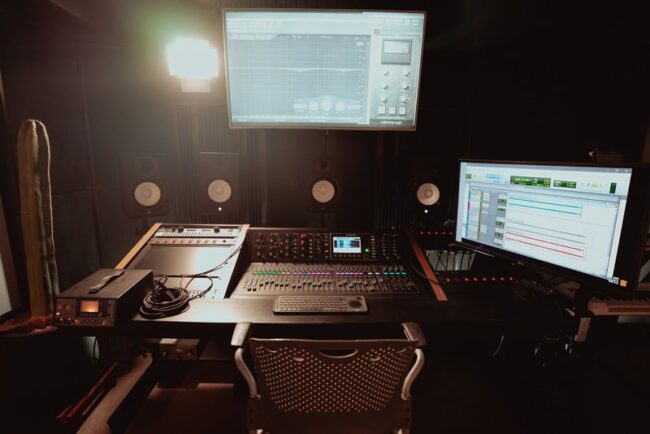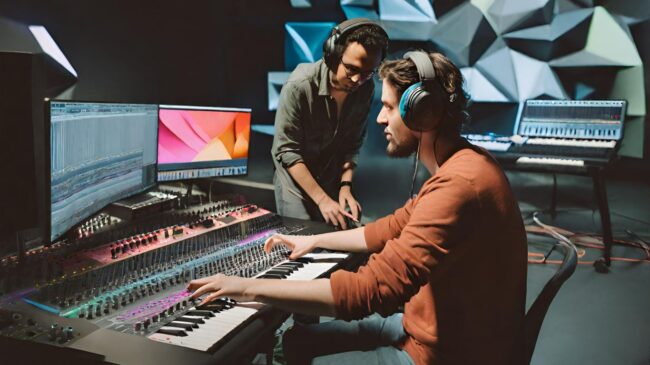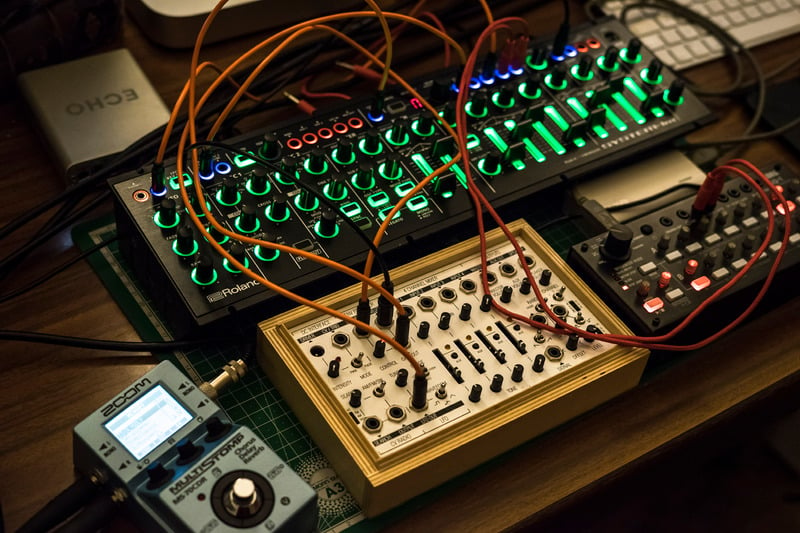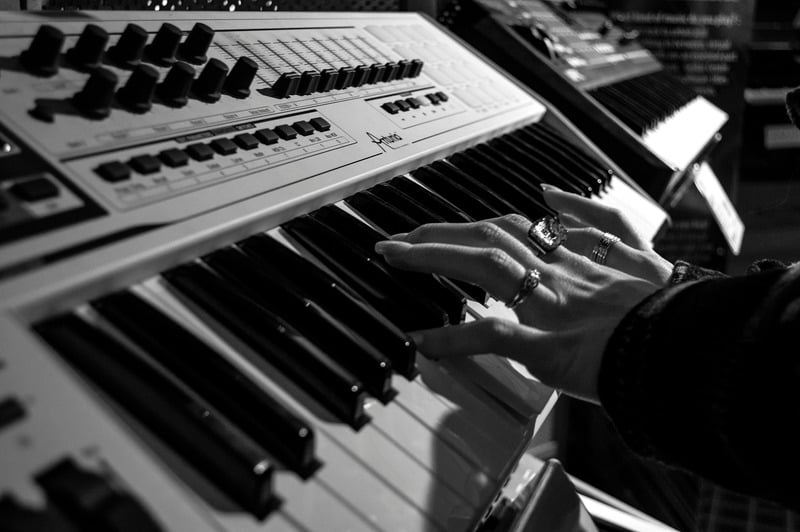Exploring the Diverse Types of SFX for Games: Enhancing Immersion and Gameplay
In the dynamic world of game development, sound effects (SFX) play a pivotal role in shaping the player experience, heightening immersion, and adding depth to gameplay. From the thunderous roar of an explosion to the gentle rustle of leaves in the wind, SFX create a rich auditory tapestry that transports players to new worlds and brings virtual environments to life. In this comprehensive guide, we delve into the diverse types of SFX for games, exploring their significance, application, and impact on gameplay. Whether you’re a seasoned developer or an aspiring game designer, join us as we unravel the secrets of SFX and unlock the potential to create unforgettable gaming experiences.
1. Introduction to SFX in Games:
Sound effects are the unsung heroes of game development, enriching the player experience and adding depth to virtual worlds. From ambient sounds that set the mood to gameplay cues that provide feedback and guidance, SFX serve a multitude of purposes in game design. In this guide, we’ll explore the myriad types of SFX used in games, examining their role, significance, and implementation across different genres and platforms.
2. Environmental Sound Effects:
Environmental SFX capture the essence of virtual worlds, immersing players in rich, dynamic environments teeming with life and activity. From the gentle lapping of waves on a sandy beach to the bustling sounds of a vibrant cityscape, environmental SFX breathe life into game worlds and create a sense of realism and immersion. These SFX serve to enhance the player’s sensory experience, transporting them to distant lands and captivating their imagination with vivid auditory landscapes.
3. Character and Creature Sounds:
Character and creature sounds add personality and depth to the inhabitants of game worlds, bringing them to life with unique vocalizations and expressions. From the menacing growl of a fearsome dragon to the playful chatter of friendly NPCs, character and creature SFX help players form emotional connections with the virtual beings they encounter. These SFX contribute to the narrative and atmosphere of the game, providing insight into the personalities, motivations, and emotions of its inhabitants.
4. Action and Combat Effects:
Action and combat SFX are the pulse-pounding beats that drive the adrenaline-fueled excitement of gameplay, heightening tension and excitement during intense encounters. From the thunderous roar of gunfire to the satisfying clang of metal on metal, action and combat SFX provide auditory feedback that reinforces the impact of player actions and decisions. These SFX serve as cues for gameplay mechanics, alerting players to threats, opportunities, and critical moments that shape the outcome of their journey.
5. Interface and User Interaction Sounds:
Interface and user interaction SFX are the subtle cues that guide players through the interactive elements of the game, providing feedback and reinforcement for their actions. From the satisfying click of a button to the gentle hum of a menu transition, interface SFX enhance the usability and intuitiveness of the game’s user interface. These SFX facilitate player engagement and immersion, ensuring that every interaction feels responsive, intuitive, and rewarding
6. Atmospheric and Ambient Effects:
Atmospheric and ambient SFX set the mood and tone of the game world, evoking emotions and creating a sense of atmosphere and immersion. From the eerie echoes of a haunted mansion to the serene tranquility of a sun-dappled forest, atmospheric SFX establish the emotional backdrop for player experiences. These SFX enhance the narrative and thematic elements of the game, imbuing each environment with its own unique identity and charm.
7. Cinematic and Storytelling Effects:
Cinematic and storytelling SFX are the narrative threads that weave together the immersive tapestry of game worlds, enhancing storytelling and evoking emotional responses from players. From epic orchestral scores to subtle ambient soundscapes, cinematic SFX set the stage for dramatic twists and turns in the narrative. These SFX heighten the emotional impact of key story moments, immersing players in a cinematic experience that blurs the line between gaming and cinema.
Check this out:
Game developing with ready-to-use assets The role of 3D Artist Insights into indie game development The Harmony of Gaming – Music and Sound Effect The World of Sound Designer Lab MDK StoreConclusion:
In the dynamic world of game development, sound effects are more than just auditory embellishments—they’re essential components that shape the player experience, enhance immersion, and bring virtual worlds to life. From environmental sounds that evoke a sense of place to character vocalizations that breathe personality into virtual beings, the diverse types of SFX in games play a pivotal role in crafting unforgettable gaming experiences. By understanding the significance and application of SFX across different genres and platforms, developers can harness the power of sound to create immersive, engaging, and unforgettable games that resonate with players long after the final credits roll.









